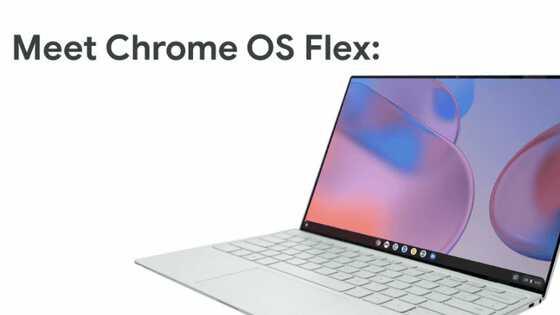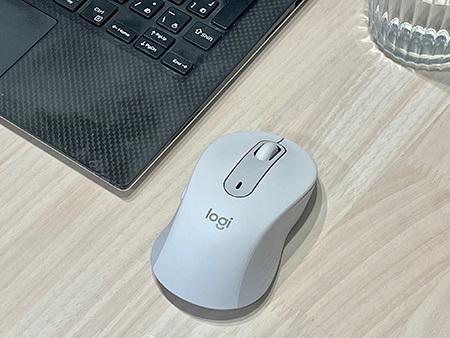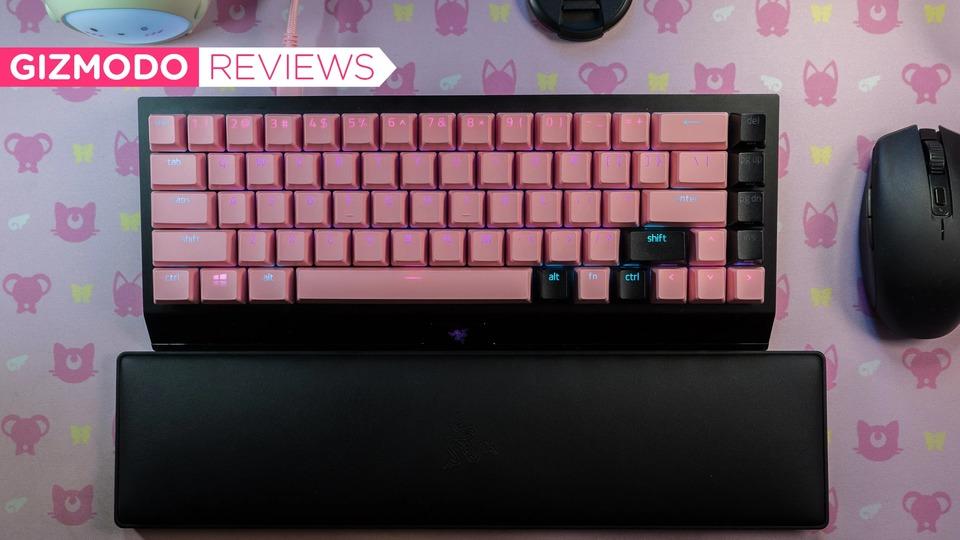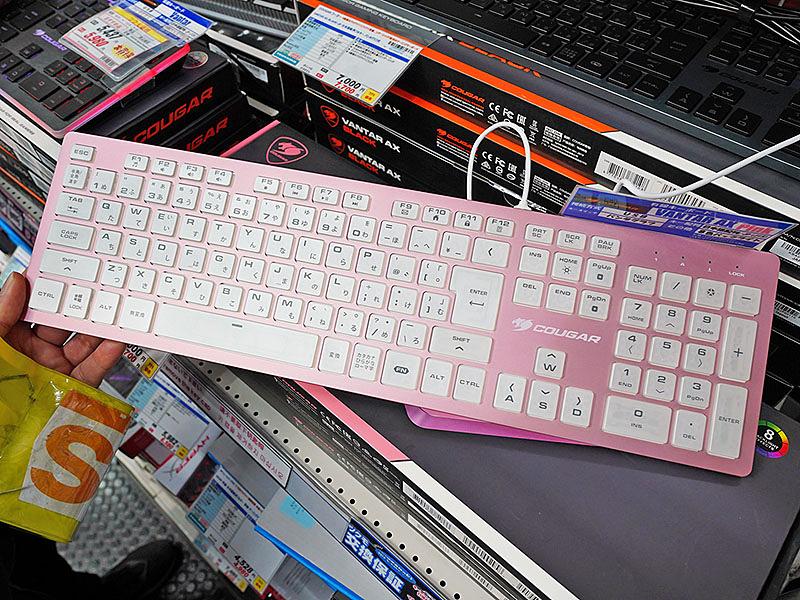Can be installed on PC or Mac Google launches "Chrome OS Flex (early access version)"
On February 15th, Google launched an early access version (developer preview) of Chrome OS Flex that can be installed on Windows PCs and Macs. Anyone can use it for free by entering the necessary information on the special site and applying. [Image] Minimum requirements for Chrome OS Flex

Overview of Chrome OS Flex
Chrome OS Flex is coming as the successor to CloudReady, which was developed by Neverware based on Chromium OS (the open source version of Chrome OS). CloudReady will be replaced by Chrome OS Flex when the stable version is released. Neverware was acquired by Google in 2020. While Chrome OS works only on Google-approved "Chromebooks" and "Chromeboxes," Chrome OS Flex can be used on Windows PCs and Macs that meet the following requirements.・CPU: Intel or AMD compatible with x86-64 (x64) architecture (*1) ・Main memory: 4GB or more ・Built-in storage: 16GB or more (not required for USB boot trial) ・Others: USB memory Boot function from (USB mass storage device) (*1) Hardware introduced before 2010 may not work satisfactorily. Of the GPUs integrated into Intel CPUs, the Intel GMA 500/GMA 600/GMA 3600/GMA 3650 clearly states that they do not meet the requirements for operating performance.In addition, Google says that Chrome OS Flex can be used comfortably. We are planning to set up a Certified Model, and we have published a list of PCs/Macs to be certified on the support site. However, please note that some serious bugs have been confirmed in the early access version (expected to be resolved in the stable version). A USB memory with a capacity of 8GB or more is required to create installation media for Chrome OS Flex. By using this installation media, you can also check whether the same OS runs on your PC/Mac. Installation media can be created using the extension "Chromebook Recovery Utility" that can be used with the web browser "Google Chrome". PC/Mac firmware supports both BIOS and UEFI. Turn off the PC/Mac you want to use, insert the installation media, and boot from the USB memory according to the method specified by the manufacturer. If you can successfully start it, you can move on to the installation process. However, as mentioned above, it is currently an early access version, so there is a possibility of encountering fatal bugs, including known ones. Google does not recommend regular use of Chrome OS Flex at this time, so we recommend that you only check the operation on a separately prepared test PC/Mac or virtual machine (VM). In addition, you may see "CloudReady 2.0" in some places on the screen after startup, but don't worry about it. Chrome OS Flex is "close" to Chrome OS in terms of usability, including support for the "Chrome OS Enterprise" management function for companies. However, there are not a few functional differences/limitations with CloudReady and Chrome OS. The most important functional limitations/differences are as follows.・Does not work on Arm architecture PCs ・Keyboard layout is different from Chromebook/Chromebox (shortcut conversion table) ・BIOS/UEFI cannot be updated (*2) ・Various encryption functions using TPM cannot be used ( If TPM is not installed) ・Android apps cannot be used (including Google Play) ・The following hardware cannot be used or there are restrictions even if they can be used ・Optical drive ・Fingerprint sensor ・IEEE 1394 (FireWire) port・Thunderbolt port (*3) ・Infrared camera for face recognition ・Stylus/active pen (*2) If the manufacturer provides an update program that does not depend on the OS (it can be started by itself), it can be updated using it ( *3) Various functions associated with the Thunderbolt port (DisplayPort output, USB 3.x Type-C, USB4) can be used The details of functional restrictions/differences are described on the support site, so please check them.
ITmedia PC USER







